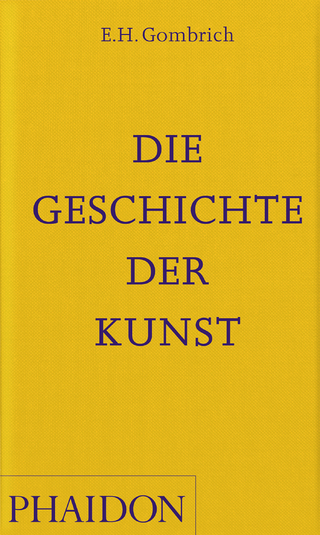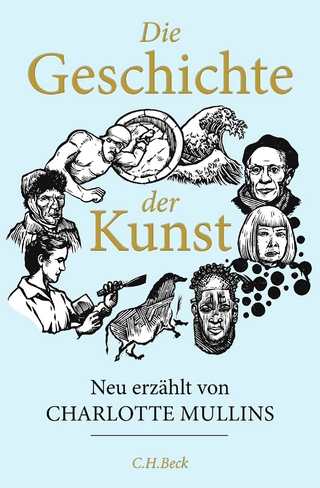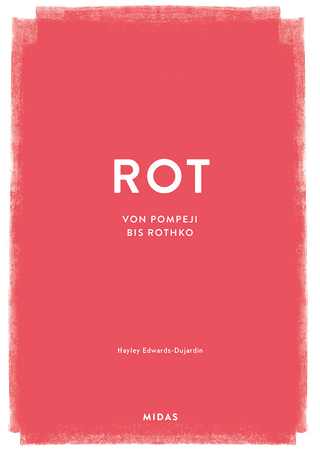
Global Byzantium
Routledge (Verlag)
978-1-032-27019-7 (ISBN)
Leslie Brubaker is Professor Emerita of Byzantine art and Director of the Centre for Byzantine, Ottoman and Modern Greek Studies at the University of Birmingham. She has published widely on Byzantine culture, with particular emphasis on manuscripts, iconoclasm, and gender. Her most recent projects have focussed on the cult of the Virgin in Byzantium, processions, and the Byzantine peasantry. Rebecca Darley is Lecturer in Global History, 500–1500 CE, at the University of Leeds. Her research focusses on Byzantine cultural history, especially perceptions of the foreign and on political and economic changes in the Western Indian Ocean in the first millennium CE, as well as all things numismatic. Daniel Reynolds is Senior Lecturer in Byzantine History at the Centre for Byzantine, Ottoman and Modern Greek Studies, University of Birmingham and co-director the Crossroads of Empires Project in Montecorvino Rovella, Italy. He completed his PhD at the Centre for Byzantine, Ottoman and Modern Greek Studies University of Birmingham and held a British Academy postdoctoral fellowship from 2014 to 2017.
Introduction: The Future of Global Byzantium / Seen from across the Sea: India in the Byzantine Worldview / Byzantium beyond Byzantium: What about Greek(s) in Eighth-Century Italy? / Silk in the Byzantine World: Technology and Transmission / Composing World History at the Margins of Empire: Armenian and Byzantine Traditions in Comparative Perspective / Global Byzantium: Whirlwind Romance or Fundamental Paradigm Shift? / Global Art or Local Art? The Mosaic Panels of Justinian and Theodora in S Vitale, Ravenna / Movement and Mobility: Cotton and the Visibility of Trade Networks Across the Saharan Desert / Maniera Greca and Renaissance Europe: More than Meets the Eye / Magical Signs in Christian Byzantium, Judaism and Islam: A Global Language / How global was the Mediterranean in the Early Middle Ages? A view from the Western edge / Hegemony, Counterpower and Global History: Medieval New Rome and Caucasia in a Critical Perspective / What is "Byzantine"? Gender, Ethnicity and the Construction of Identities on Byzantium’s Literary Frontiers / The Helladic Paradigm in a Global Perspective / Secluded Place or Global Magnet? The Monastery of Saint Catherine in the Sinai and its Manuscript Collection / Early Byzantine Art in China: A Test Case for Global Byzantium / Centre or Periphery? Constantinople and the Eurasian Trading System at the End of Antiquity / Transferring Skills and Techniques across the Mediterranean: Some Preliminary Remarks on Stucco in Italy and Byzantium / Import, Export: The Global Impact of Byzantine Marriage Alliances during the Tenth Century / Conclusion: Post-Colonial Reflections and the Challenge of Global Byzantium
| Erscheinungsdatum | 31.01.2024 |
|---|---|
| Reihe/Serie | Publications of the Society for the Promotion of Byzantine Studies |
| Zusatzinfo | 6 Tables, black and white; 4 Line drawings, black and white; 79 Halftones, black and white; 83 Illustrations, black and white |
| Verlagsort | London |
| Sprache | englisch |
| Maße | 156 x 234 mm |
| Gewicht | 825 g |
| Themenwelt | Kunst / Musik / Theater ► Kunstgeschichte / Kunststile |
| ISBN-10 | 1-032-27019-5 / 1032270195 |
| ISBN-13 | 978-1-032-27019-7 / 9781032270197 |
| Zustand | Neuware |
| Informationen gemäß Produktsicherheitsverordnung (GPSR) | |
| Haben Sie eine Frage zum Produkt? |
aus dem Bereich


